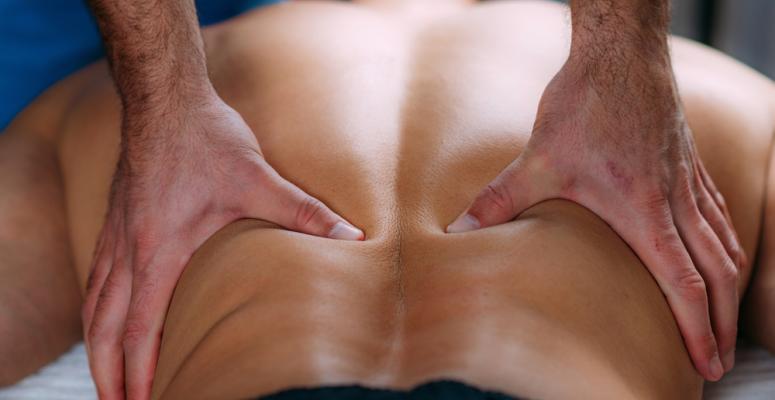
One of the best ways to help treat your patients’ pain and reduced mobility is with hands-on techniques. Manual therapy is essential to many physical therapy treatment plans. With so many that have been discovered and explored over the years, it’s not always easy to determine which ones you should add to your practice’s services list.
Not all manual therapy is the same. When you’re building the services list for your practice, there are a variety of manual options available. Your offered techniques should reflect your targeted demographics and the qualifications of your staff.
The importance of manual therapy techniques in a physical therapy practice
The goals of physical therapy are to alleviate pain from injuries and medical conditions while increasing strength, flexibility and range of motion. Manual therapy is essential to accomplishing these goals. They allow your therapists to use hands-on techniques on the affected areas.
Manual therapy means that your therapists can ensure proper assessment and diagnosis of the cause behind the symptoms. Then they can apply the proper pressure and movements needed for pain relief and improved function.
The benefits of manual therapy include:
- Accelerated recovery.
- Increased joint mobility.
- Reduced muscle strain.
- Decreased inflammation.
Manual therapy techniques that you should add to your services list
Every type of manual therapy serves a different purpose. A physical therapist can determine which will be the most effective for their patient based on the cause and location of their symptoms. Soft tissue and joint mobilization are a few of the most common options. Here are a few other effective manual therapy techniques that you should consider offering at your practice:
- Strain-counterstrain therapy — Also referred to as positional release therapy, strain-counterstrain can be used to relieve tension in muscles that are causing spasms and a reduced range of motion. The therapist gently holds the patient in positions for 90 seconds at a time to help relax the affected muscles.
- Myofascial release — This manual therapy technique targets tight spots in the fascia, which is the connective tissue that holds your muscles, nerves, organs and blood vessels in place. It involves the physical therapist using their hands to find and manipulate the stiff tissue to release the tension.
- Active Release Techniques® — ART is a branded manual therapy technique that involves the therapist applying pressure to the affected tissue with their hands while the patient stretches the area with specific movements. It helps to break up scar tissue and increase the blood flow to the area to accelerate the healing process.
Is finding manual therapy techniques posing a challenge for your practice? Alliance PTP is here to help
Need a partner to help your practice address challenges like finding the best manual therapy techniques? Alliance Physical Therapy Partners’ nationwide partnership in care is here for you.
We can help you find the support services your practice needs to face its current and future challenges. Even better, you’ll get full access to our practice support services while still maintaining full control over the PT brand you’ve worked so hard to build.
Find out if our Alliance PTP partnership is right for your practice today.
